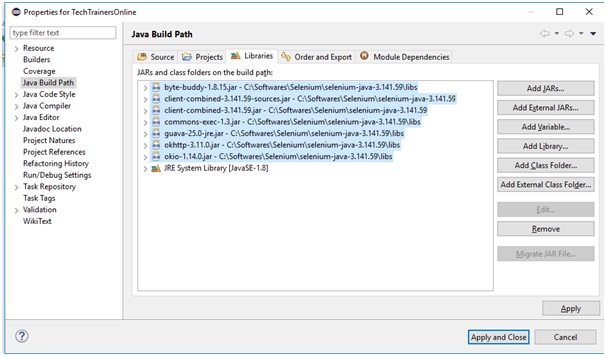



In our case, right click on “Company” Select Inspect option. Step 1) In Chrome, Go to Step 2) Right click on web element whose x-path is to be fetched. How to handle dynamic Web tables using Selenium WebDriver? Step 2: Open Run by pressing windows key + “R” type in “cmd & click ok Step 3: Type in the command to check whether the given setup is working Download wget.exe from here and Place it in the Wget folder you created from the step above. Step 1: In your C Drive, create a new folder and name it as “Wget”. How to upload and download files using Selenium WebDriver? We shall use the open method for opening the file in write and binary mode (is represented by wb ). First of all, we shall identify the image that we want to download with the help of the locators like id, class, xpath, and so on. We can download images with Selenium webdriver in Python. How to download an image in Python using selenium? Accessing Links using Link Text and Partial Link Text The easiest way to access links on a web page is using the locators’ linkText and partialLinkText. In this article, we will be looking into Links and Images, and the various scenarios, that can be handled using Selenium. How to handle links and images using Selenium WebDriver? Step 4 – Configure Eclipse IDE with WebDriver.Download latest version of “Eclipse IDE for Java Developers” here. Download and install the Java Software Development Kit (JDK) here. Step 1 – Install Java on your computer.Download image based on it’s URL and save in a folder.Navigate and use Google’s ‘Search by Image’.How do I download images from Google using Selenium Python? Step 3 – Download the Selenium Java Client Driver.Selenium installation is a 3 step process: Install Java SDK. Step 6: – Extract the corresponding link of each Image.Step 5: – Locate the images to be scraped from the page.Step 4: – Scroll to the end of the page.Implementation of Image Web Scrapping using Selenium Python: – How do I scrape images from Web using selenium? images = driver.find_elements_by_tag_name(‘img’).options.binary_location = “/usr/bin/chromium”.options.add_argument(‘–ignore-certificate-errors’).


 0 kommentar(er)
0 kommentar(er)
